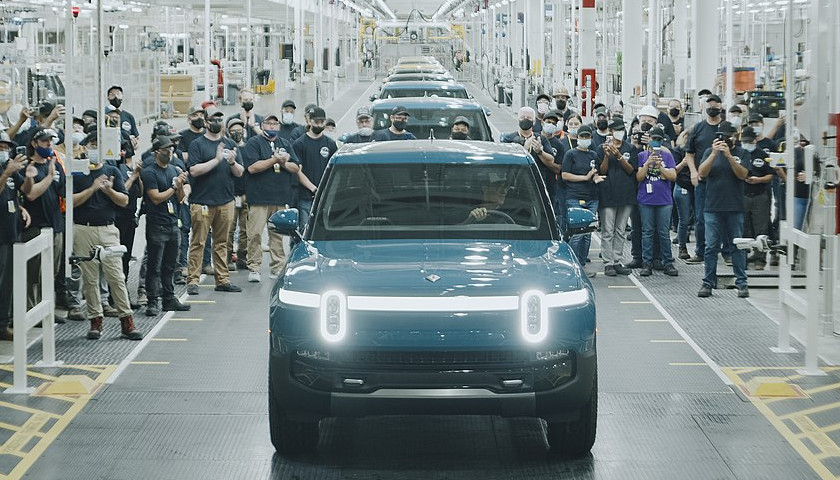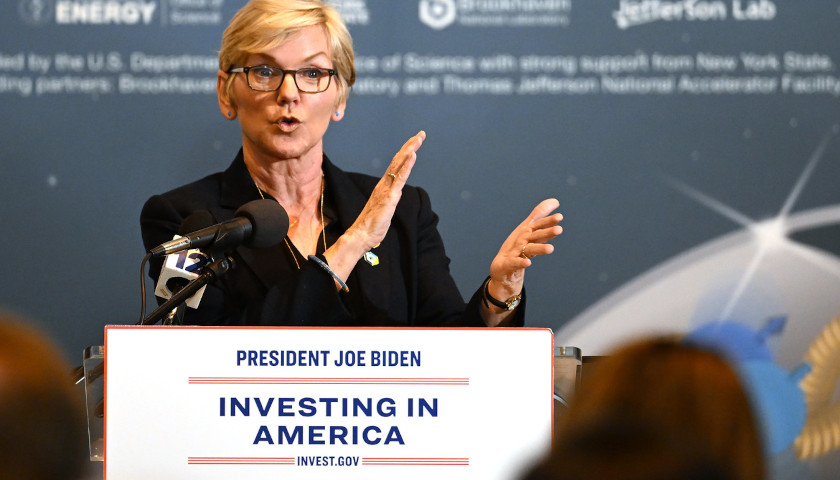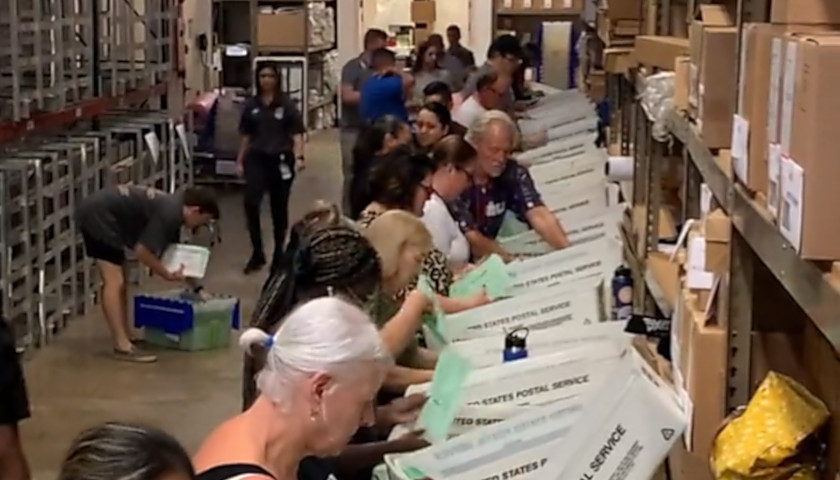by Thomas Catenacci
Major U.S. automaker Ford blamed its sizable investment in electric vehicle (EV) company Rivian for its dramatic revenue decline in the first quarter of 2022.
Ford reported revenue of $34.5 billion between January and March, a 5% decline relative to the same period in 2021, and a net loss of $3.1 billion, according to the company’s earnings report released Wednesday. The Detroit automaker said its large investment in Rivian accounted for $5.4 billion in losses during the first quarter.
“A net loss of $3.1 billion was primarily attributable to a mark-to-market loss of $5.4 billion on the company’s investment in Rivian,” Ford said in the earnings report.
 Ford maintains a roughly 12% stake in Rivian, CNBC reported in November.
Ford maintains a roughly 12% stake in Rivian, CNBC reported in November.
Rivian has posted massive profit losses of its own and its share price has plummeted nearly 70% over the last six months. The value of Ford’s roughly 102 million Rivian shares has fallen from about $17.5 billion to $3.2 billion since November.
“The capability of this business is much stronger than what we were able to provide in the quarter,” Ford CFO John Lawler said Wednesday, The Wall Street Journal reported.
Rivian, a California-based company founded in 2009, went public in November, according to the WSJ. Investors quickly scooped up shares of the startup EV maker at the time, but recent poor performance has driven many investors away.
In the final three months of 2021, Rivian reported a net loss of $2.5 billion.
Automakers have increasingly turned their attention toward manufacturing electric vehicles as governments push aggressive green energy plans. President Joe Biden has promised to craft policies to ensure 50% of new vehicle sales in the U.S. are emissions-free by 2030 and every addition to the federal government’s 600,000-vehicle fleet is electric by 2035.
However, Rivian CEO RJ Scaringe recently suggested that the supply chain for EV batteries is still far behind where it needs to be to achieve many of the goals pushed by Western governments, the WSJ reported.
“Put very simply, all the world’s cell production combined represents well under 10% of what we will need in 10 years,” Scaringe said last week. “Meaning, 90% to 95% of the supply chain does not exist.”
– – –
Thomas Catenacci is a reporter at Daily Caller News Foundation.
Photo “Rivian Plant” by Rivian. CC BY-SA 4.0.









Number One , The US like many countries do not have the infrastructure to support electric cars ! Second , Most electricy come from COAL FIRED PLANTS defeating the idea of reducing carbon pollution by using electric vehicles ! In reality you are just trading one carbon producing product gas for another Carbon producing product COAL !
Uh ohm!
HAHAHAHAHA
When they make an EV that can recharge in the same time it takes to refuel a vehicle with liquid fuel AND have a comparable cost…I MIGHT buy one. Until than i stick with Diesel tractor and gas truck.
Wall Street is irrational
Ford’s current Rivian share value is still huge – paper losses (they failed to sell at peak)
Oops I’d.
That should be oopsie. Damn spell check.
Maybe next time, Ford…lay off the snide remarks about Elon Musk…
ford for the builders | built for america | ford
https://gizmodo.com/elon-musk-ford-ad-youtube-tv-spacex-rockets-twitter-lou-1848883798
https://m.youtube.com/watch?v=UdzGsdgsg10&feature=youtu.be
Ford bought into the left’s fantasy that everyone is as wealthy as they are. Aint so jo. FJB/FKH
GOOD!
Any company that would back stab Carroll Shelby and John Force, should do some serious suffering.